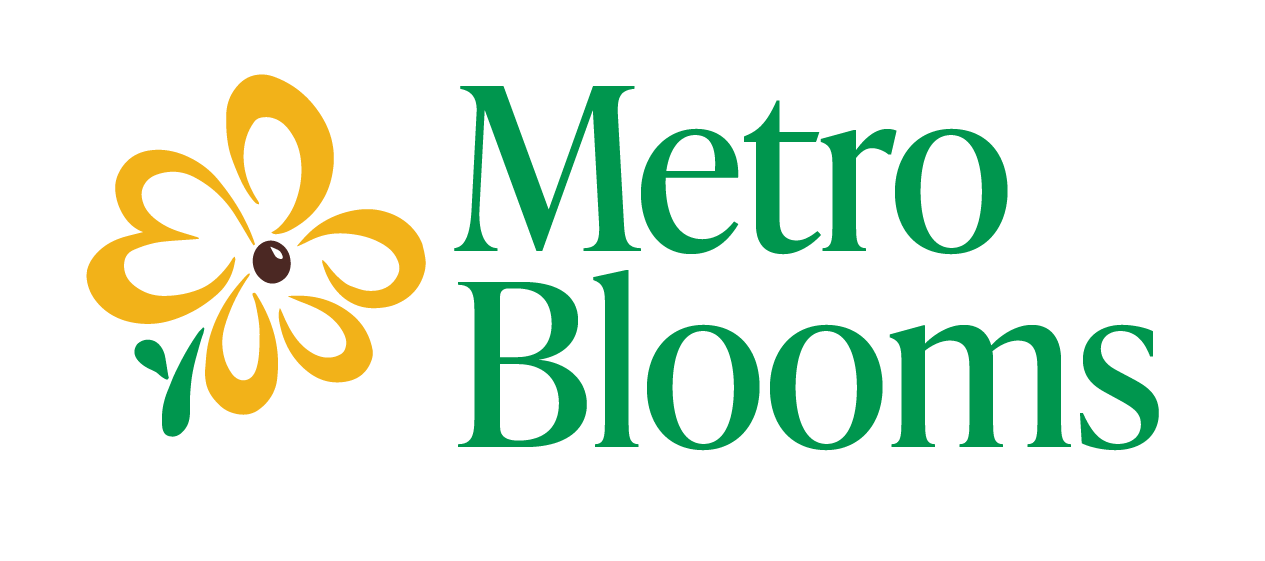This past Tuesday, myself, Mark Pedelty (a professor at the U of MN), and three of his students had the pleasure of learning about the history of Lake Nokomis from Steffanie Musich, President of Friends of Lake Nokomis, and Julia Vanatta
with Wild Ones. I learned more about Lake Nokomis that day than I thought there was to know, and I was intrigued so I went looking for even more information. I have to say, Lake Nokomis has a long and colorful history. If you’ve ever wondered just how and when it came to be (that’s right, it hasn’t always been a lake fit for swimming) read on and find out!
Lake Nokomis, known as Lake Amelia until 1910, was originally meant to serve as a reservoir to maintain the constant flow of water over Minnehaha Falls. The park board did not actually own the land around Lake Nokomis, Rice Lake (Lake Hiawatha), or Minnehaha Creek in the late 1800s but that didn’t stop them from making plans to deepen channels and dam the lake. Luckily, most of these plans fell through for reasons unknown today, but they were all made with the hope of maintaining a flow of water over the falls. In fact, in 1900 President Benjamin Harrison was quoted at the falls saying “Minnehaha Falls would undoubtedly be very beautiful if there was water in the stream.”
 The park board finally bought the land around Lake Nokomis and the lake itself in 1908, paying a whopping $63,500 for the 409 acres (that’s about what it would cost today, right?). In 1910, a plan for improving the lake was developed, with a radical alteration planned by then parks superintendent Theodore Wirth. The water area would be reduced from 300 to 200 acres and the lake would go from an average depth of 5 feet so an average depth of 15 feet. Although the plan was there, other pressing matters came before Lake Nokomis, and in 1911 pastureland on the southwest corner of the lake was rented out to a farmer, a cranberry farmer according to Juila Vanatta, for $25.
The park board finally bought the land around Lake Nokomis and the lake itself in 1908, paying a whopping $63,500 for the 409 acres (that’s about what it would cost today, right?). In 1910, a plan for improving the lake was developed, with a radical alteration planned by then parks superintendent Theodore Wirth. The water area would be reduced from 300 to 200 acres and the lake would go from an average depth of 5 feet so an average depth of 15 feet. Although the plan was there, other pressing matters came before Lake Nokomis, and in 1911 pastureland on the southwest corner of the lake was rented out to a farmer, a cranberry farmer according to Juila Vanatta, for $25.
From 1914-1917, after the cranberries were picked and the other pressing matters dealt with, Lake Nokomis was dredged out. Next came beaches and bath houses and soon Lake Nokomis surpassed Lake Calhoun as the most popular swimming beach in Minneapolis. Also around this time Wirth decided to create a lagoon near Longfellow Garden to store water for the falls, relieving Lake Nokomis of its reservoir duties.
 So now it’s the 1940s and there’s a garbage dump right next to Mother Lake, which drained into Nokomis. Well that’s no good. Minneapolis didn’t think so either and after closing that inlet it was eventually re-opened when the dump was moved (thank goodness!). Lake water quality became a concern in Minneapolis in the 1970s, and in 1973 we realized it might not have been the best idea to get rid of those wetlands and marshes on the edge of the lakes! Not to mention it’s a pain to mow all that grass. So, a wet prairie was created on the southwest bay of Lake Nokomis in 1996 and the Naturescape Garden in 1999 in the northeast corner to manage the stormwater runoff flowing into the lake.
So now it’s the 1940s and there’s a garbage dump right next to Mother Lake, which drained into Nokomis. Well that’s no good. Minneapolis didn’t think so either and after closing that inlet it was eventually re-opened when the dump was moved (thank goodness!). Lake water quality became a concern in Minneapolis in the 1970s, and in 1973 we realized it might not have been the best idea to get rid of those wetlands and marshes on the edge of the lakes! Not to mention it’s a pain to mow all that grass. So, a wet prairie was created on the southwest bay of Lake Nokomis in 1996 and the Naturescape Garden in 1999 in the northeast corner to manage the stormwater runoff flowing into the lake.
 Nowadays Lake Nokomis is home to the U.S. pond hockey tournament every winter, weekly cross-lake swims in the summer, the annual Monarch Festival and Metro Blooms’ upcoming Neighborhood of Raingardens project, to name a few things. From reservoir to cranberry field to cherished city lake, its certainly come a long way.
Nowadays Lake Nokomis is home to the U.S. pond hockey tournament every winter, weekly cross-lake swims in the summer, the annual Monarch Festival and Metro Blooms’ upcoming Neighborhood of Raingardens project, to name a few things. From reservoir to cranberry field to cherished city lake, its certainly come a long way.
Sources:
Smith, David. Parks, Lakes, Trails and So Much More: An Overview of the Histories of MPRB Properties. Minneapolis Park and Recreation Board, 2008.
Julia Vanatta, Wild Ones
Steffanie Musich, Friends of Lake Nokomis
